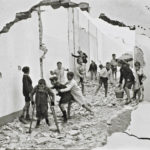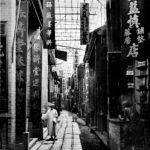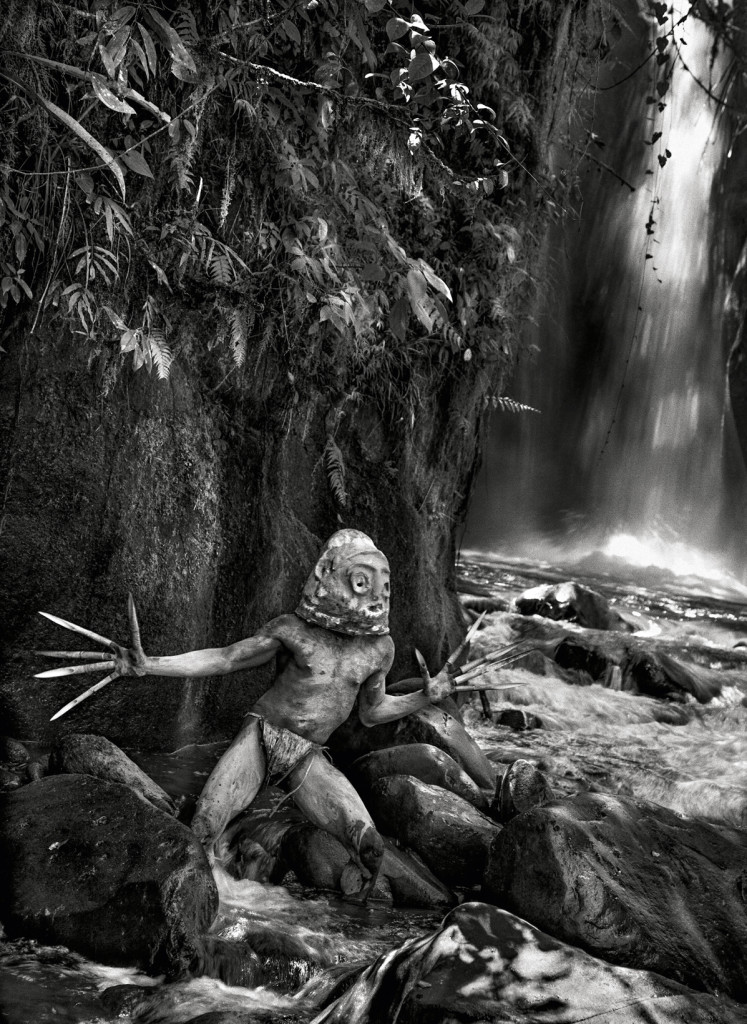In autumn 2019 Jane Lynas and I ran a course, Photography: The Telling Image, for the Cambridge U3A, see post 13th December 2019. We are repeating it this year, though as a series of five on-line modules.
The course looks at photography as: an aid to seeing; a means of engagement with society, in its widest sense; a shaper and creator of self and identity; an art form; and a conveyor of both ambiguity and veracity. It is built as a narrative about photography and there will be recurrent themes and subjects linking the five sessions. We hope to show that people as individuals are changed by what they see, and are changed when they are seen.
As the course is being presented on-line in a series of modules to be read in people’s own time, there is no scope for direct discussion. Participants are e-mailing comments to me and I’m attempting brief responses. Here are some edited highlights and my responses on issues raised by Module 1.
JS: Cartier Bresson’s picture from, Seville, Spain – the image through the hole in the wall creates the impression of a voyeur witnessing a private incident.
BH: Yes, we should indeed think about whether this type of photography is justifiable, either as an exploration of the human condition or as the creation of a work of art or both. Perhaps the key tests are the intention of the photographer and the way the image is used. The rights of the individual to refuse to be photographed in public places and the ownership of any images created are matters for debate that will not go away.
CA: Among the interesting questions raised is that regarding the documentation of cultures, which can be seen negatively as the presentation of ‘specimens’ or very positively as vital records of those cultures if they are threatened – and of course of environments.
MM: Re the John Thomson photograph, 1873/74, Canton: ‘people became exotic specimens to capture and bring home’. Sadly I’m sometimes still guilty of this in my own travel photography, though hopefully not unknowingly.
BH: There is much in past approaches to photography of the ‘other’ that still resonates today. We may all be guilty of this to some degree, but again there is the question of intention, see above. If the aim is to somehow understand the subject that may be more acceptable than just treating him or her as a curiosity. The work of even those photographers who approach their calling with the greatest integrity, like Sebastiao Salgado, cannot avoid scrutiny in these terms. This aspect of representation, of how we see the world, taps into current debates about colonialisation, cultural appropriation and how museums and galleries approach the ‘other’ and historical narratives.
KB: My husband and I recently took on each of our parents’ family photos going right back to great grandparents and even great great. It’s been fascinating to look beyond just identifying people but looking at context and understanding what was happening in their lives at the time the photo was taken. With the family history photos those taken around the time of WW1 are intriguing. One, of an army tent in Africa with Great Uncle Monty (killed a few weeks later) and his friends who all enlisted together, is poignant as they had also labelled the tent The Load of Mischief, after the family village pub!!
BH: Yes, family photos can take us back to as far as the 1840s if we are very lucky, certainly to the 1860s and 70s. It’s illuminating and fascinating to look beyond just identifying people to studying the context, such as location and dress, and try to understand what was happening in their lives at the time the photograph was taken. Words, stories, are important too: a major challenge is to keep the words and pictures together, without them the meaning of the photographs becomes increasingly obscure.




Hi Brian, Been reading your blog with interest. I am always aware of some of the issues raised. The ethics of street photography is a subject often raised – sometimes I can’t look at my photos because I feel guilty like a thief ! The experience of your poster on looking through old family photos reinforces my conviction that the value accrued over time outweighs any initial objections.
At the centre of what drives me to take and look at photos is the magic of a halt in the inexorable process of time and change. Only a photo can show what 1000th of a second looks like. How different our experience of “reality” would be if there were no photos.
As always when something becomes ubiquitous its mystery is overlooked.
My best wishes in the hope that we will meet again in the near future.
Dave
Hi Dave, This is always going to be an issue and I suspect may be pursued more aggressively by populist politicians with skewed ideas of freedom, some other interests on the right of politics and the rise of identity politics, all of which seem to be against truthful openness. I suppose one problem is that in the minds of some people documentary/street photography is conflated with the largely destructive work of the paparazzi. Anyway I agree wholeheartedly with what you say about the value of such photography outweighing any objections. In an interview in Black+White Photography William Castellana defends the free use of street photography, referencing ‘the rich photographic archive of street photography that currently resides in our museums, places we esteem and frequent to witness human achievement across all cultures.’ You’d better get copies of your books in the Cambridgeshire Collection!
We just might get together before Christmas!
Brian